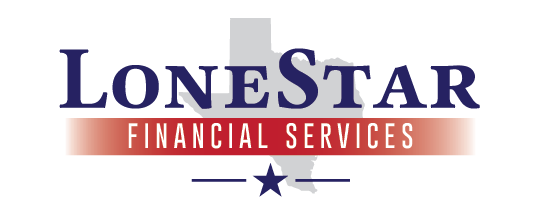Retirement planning can involve many different products and solutions, sequenced over a great span of your working life. Planning early certainly can open you to more options and opportunity (which we discussed last month). But retirement planning—especially for this generation of retirees—is a living process, meaning that it should be subject to evaluation to ensure needs are still being met. Regular review is critical as you accumulate retirement income and good retirement planning doesn’t stop once you retire. Here are five reasons why.
Your Needs May Change
Your needs may change during the accumulation phase of financial planning and they can change once you are in retirement. The difference between the two is that in the latter you have generally stopped working. This can make being financially prepared for these changes challenging, which is why a financial advisor can be very beneficial.
Examples of changing needs:
• Need to address new medical needs/costs
• Want to leave a financial legacy
• Want to finance a vacation, college education, or other high-expense items, but need to evaluate impact to your overall retirement plan
You May Need To Preserve More
Preservation is a key phase of retirement planning (taking place after accumulation and before retirement). In the preservation phase, you will identify ways to ensure that assets are protected and structured to give you the most upon retirement. But preservation can (and should) be an activity you perform while in retirement. Why?
• Because you may have lived longer than expected and your retirement resources need to stretch further.
• A change in the tax-environment may take larger portions of your distributions
• Inflation/higher cost of living as you age
In a situation where you need to preserve more of your retirement income to last longer, a financial advisor may be able to find opportunities that can help.
A Key Retirement Account/Strategy Reach Maturation/Completes
Some retirement strategies and accounts are only structured to last for a certain period. This can be something that was selected when you first created your retirement plan. So if your annuity runs out (why didn’t you select the lifetime income rider?), what do you now? Do your contingencies still project you and give financial security in retirement?
It May Be Time To Trigger A Key Account/Strategy
Some retirement accounts/strategies may be delayed well into retirement. For instance, in may be to your advantage to delay Social Security benefits to full retirement age (66) or beyond. Or you may have an annuity that’s ready to trigger. Consulting with your financial advisor as you trigger these accounts can help you understand next steps and highlight new opportunities.
